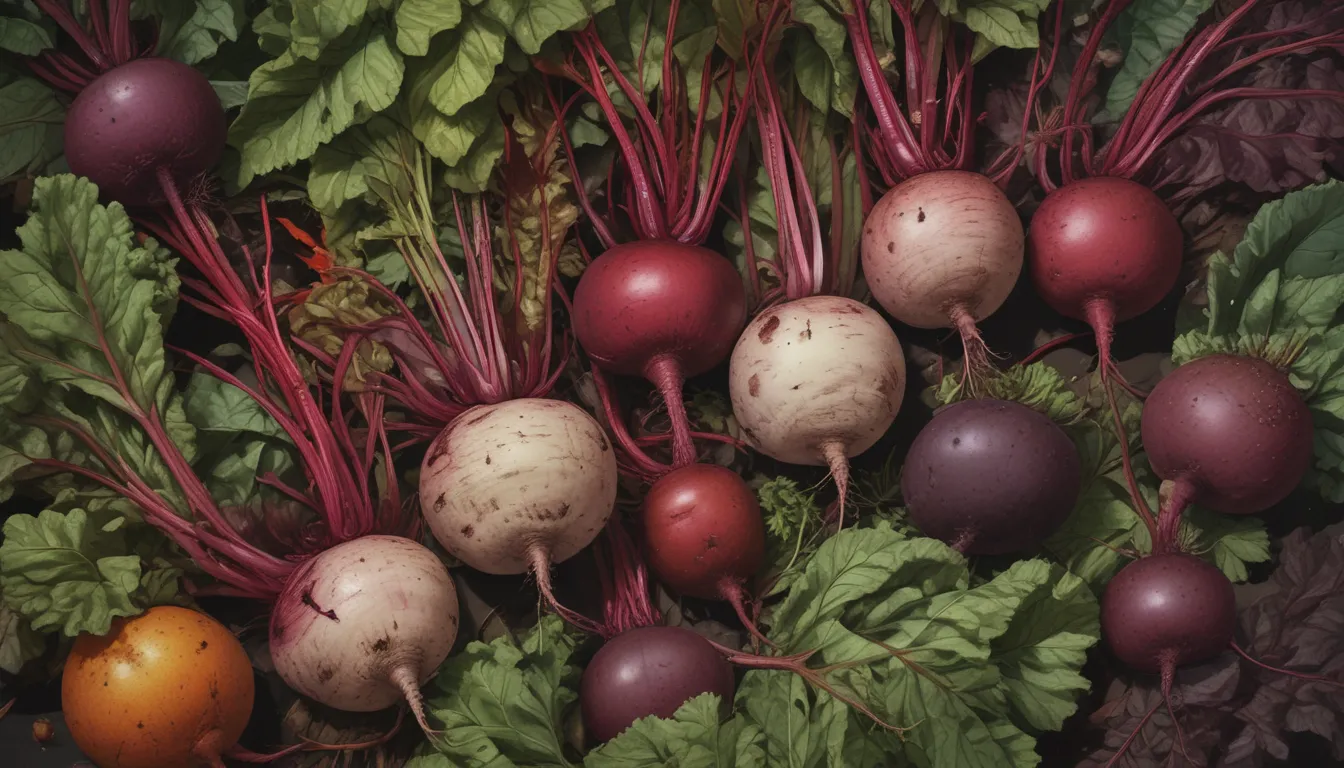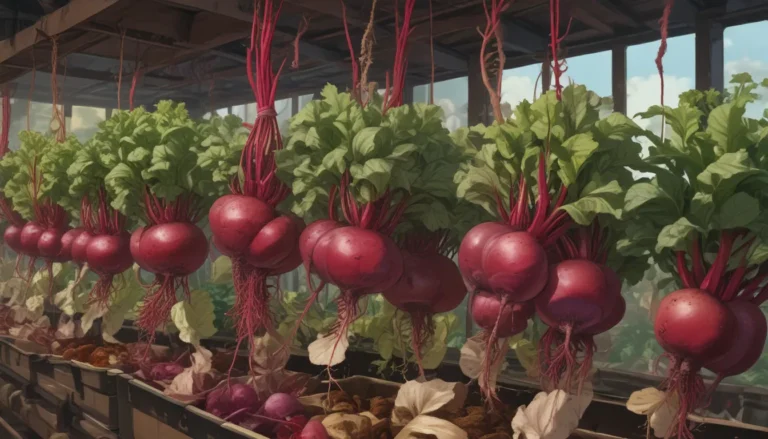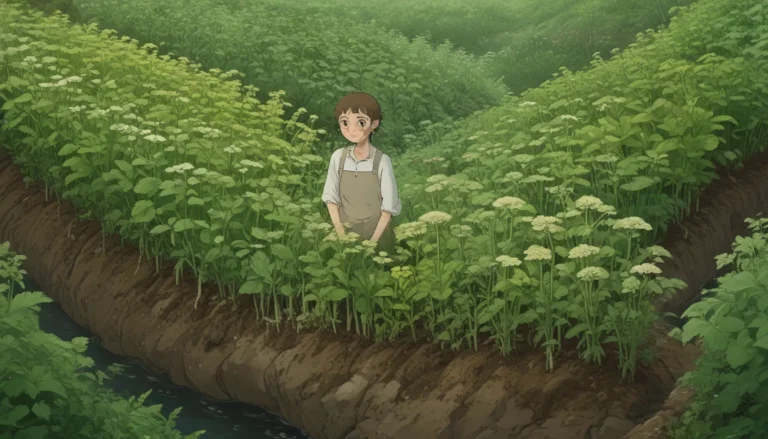A Comprehensive Guide to Harvesting and Preserving Beets

Beets are truly a delight to grow in your home garden. With their vibrant colors and rich flavors, these root vegetables can transform any ordinary dish into an extraordinary culinary experience. Not only are they visually appealing, but they are also packed with essential nutrients and are a breeze to cultivate.
So, you’ve successfully grown a patch of beets in your garden, but now you’re wondering when and how to harvest them. Harvesting beets may seem daunting at first, but with a few simple tips and tricks, it’s actually quite straightforward. In this article, we’ll explore everything you need to know about harvesting beets, preserving them for later use, and even some delicious recipes to try with your freshly harvested bounty.
What You’ll Learn
- Harvesting Beets
- Preserving Beets
- Recipes and Cooking Ideas
Harvesting Beets
Figuring out the optimal time to harvest your beets depends on various factors such as the variety, planting time, and growing conditions. While personal preference also plays a role, the ideal time to harvest beets is when they are a few inches in diameter, typically around 50-70 days after planting.
To determine if your beets are ready for harvesting, clear away some soil around the top of the plants and look for crowns protruding above the soil line. If you see an inch or two sticking out, it’s a good indication that they are ready to be pulled.
Keep an eye on the leafy greens as well. If they start to wilt, it’s a sign that the roots are past their prime and should be harvested immediately. Use a garden fork or knife to gently loosen the soil around each plant and carefully lift them out, being cautious not to damage the roots.
After harvesting, you can remove the greens, leaving about an inch attached to the root to prevent juice loss and maintain freshness. And don’t forget to save the greens for later use in salads or other dishes.
Preserving Beets
Once you’ve successfully harvested your beets, it’s important to have a plan for preserving them to enjoy later on. Beetroots can last a few weeks in storage, while the greens can be refrigerated for a few days. For long-term storage, store the roots in a cool, dark place with high humidity, such as a root cellar or a well-ventilated area.
To store beetroots long term, cover them in sand or sawdust in a wooden box or crate, alternating layers of roots and sand. Check for spoilage periodically and discard any rotten beets to preserve the rest. You can also freeze beets after cooking them to maintain their texture and flavor for up to 12 months.
Another excellent method of preserving beets is fermentation. Fermented beets produce a healthy probiotic-rich liquid known as kvass, which can be used in various culinary applications. Fermenting beets is a simple process that involves chopping the roots, placing them in a jar with brine, and allowing them to ferment at room temperature for about a week.
Recipes and Cooking Ideas
Beets are incredibly versatile and can be prepared in numerous ways to bring out their unique flavors and textures. Here are a few recipe ideas to inspire you:
- Borscht: A traditional Eastern European soup/stew made from beets and other vegetables.
- Roasted Beets: Roasting beets intensifies their sweetness and flavor.
- Pickled Beets: A tangy and crunchy snack that adds a zing to salads and sandwiches.
- Beet Greens Salad: Use beet greens in a fresh salad with arugula and goat cheese for a light and nutritious meal.
- Coconut Ginger Roasted Kale with Beets: A comforting and flavorful dish combining roasted beets with coconut, ginger, and goat cheese.
Whether you prefer your beets roasted, pickled, or fermented, there are endless possibilities to incorporate these nutritious root vegetables into your diet and brighten up your meals.
Brighten Up Your Kitchen
By growing your own beets and experimenting with different preservation and cooking methods, you can enhance your culinary repertoire and enjoy the vibrant flavors of these versatile root vegetables. Try your hand at harvesting beets this season and explore the endless culinary possibilities they offer.
What are your favorite ways to harvest, preserve, and cook beets? Share your ideas and experiences in the comments below and continue to expand your knowledge and skills in growing and enjoying these colorful root vegetables. Happy harvesting!





